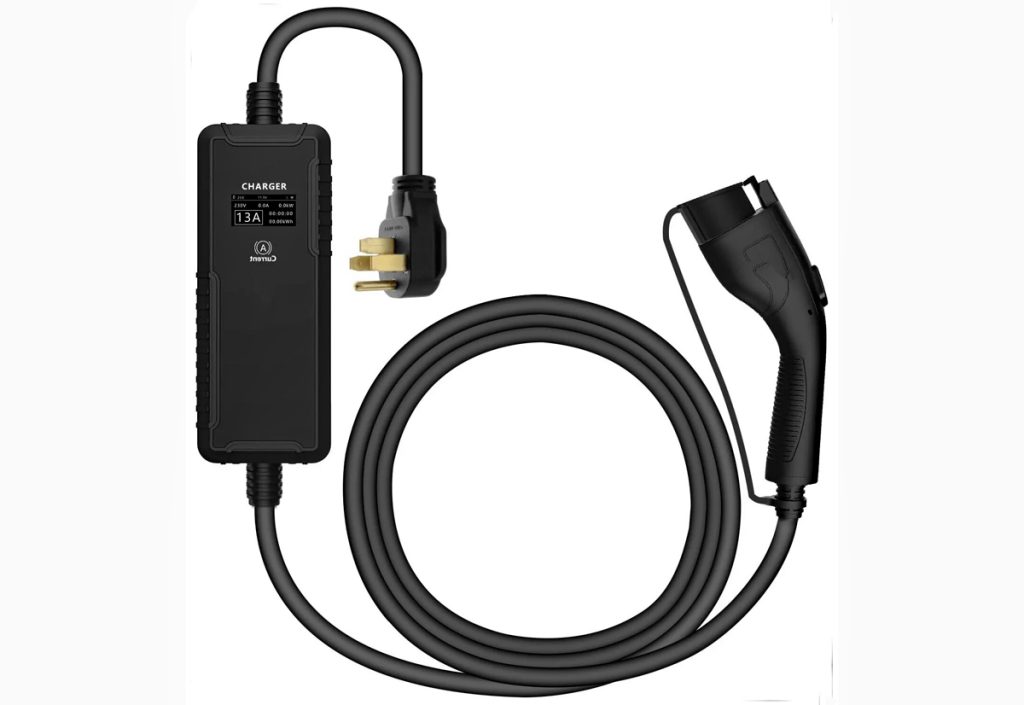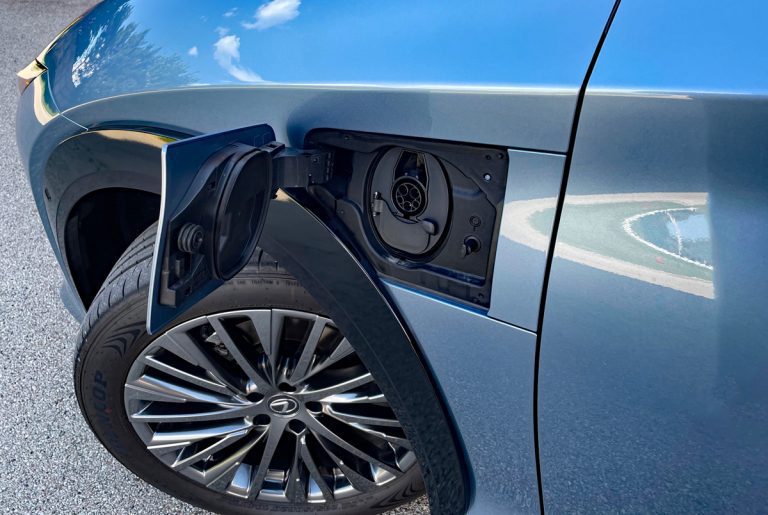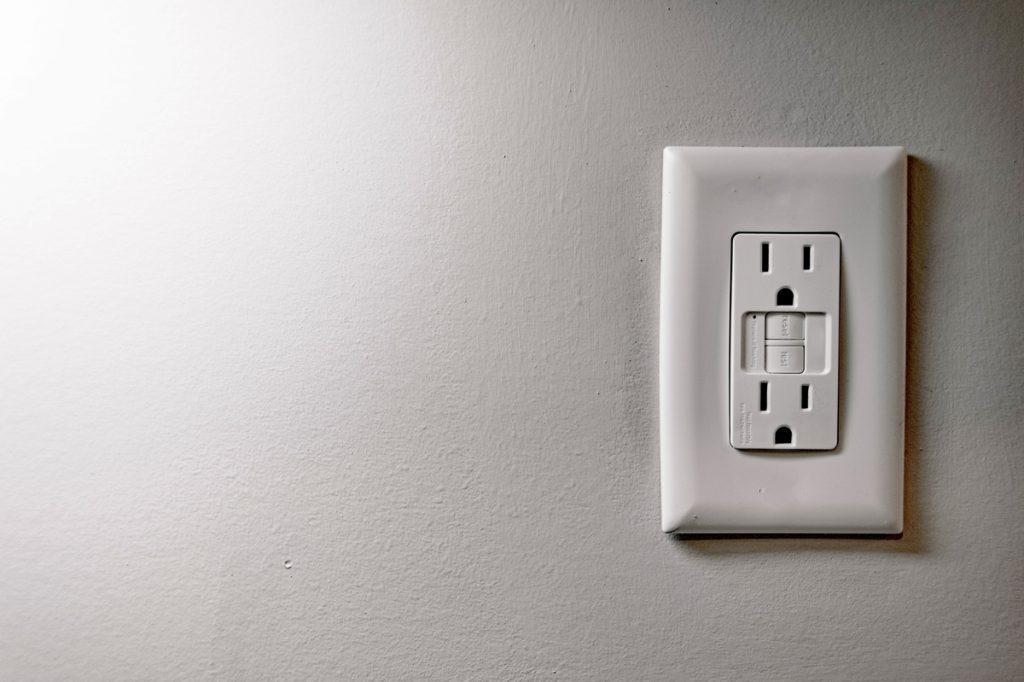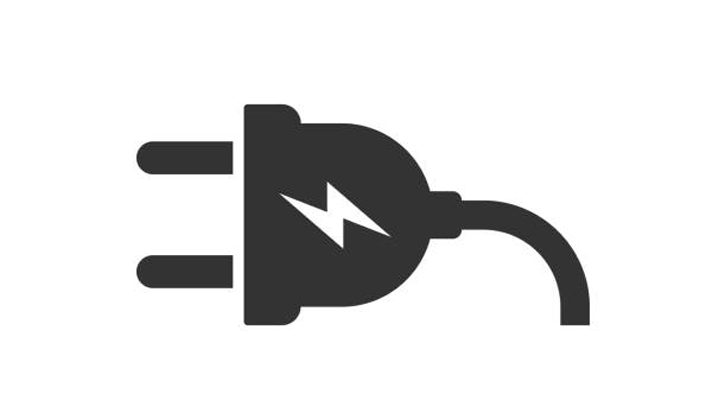
If you have even briefly considered purchasing an electric vehicle (EV), you are likely aware that there are three primary methods of charging. You can plug your EV into a regular wall outlet, which is very slow, but effective. This is called level-1 charging. You can also drive your EV to a public charging station. Public charging is the fastest method of replenishing your EV’s battery, though it is also the most expensive. Public charging is often referred to as level-3 charging.
More electric-car news and reviews
What is Level 1 Charging?

Most EV owners, at least those with a garage, avail themselves of 220-volt level-2 home charging. Level-2 charging is not as fast as level 3, but is much faster than level-1 charging, and can be very convenient. Level-2 charging requires EV owners to purchase a charger and pay for professional installation. The one-time cost for the charging unit and installation typically runs between $1000 and $2500.
Level-1 charging is really just a fancy name for plugging your electric vehicle into a wall outlet. Simple as that sounds, most wall outlets serve up just 10 amps of power at 110 volts. That’s just 1 kW of electricity, well below the 6.6-7.2 kW provided by most level-2 chargers, and far less than that the 50-350 kW available at level 3 chargers.
Thus, from a practicality point of view level-1 doesn’t make sense as a primary source of EV charging, it’s just too slow to provided sufficient daily range for most EV owners. Here’s a breakdown of how long it would take to bring a 80 kWh battery—a fairly common capacity—from a 20-percent state of charge to an 80-percent state of charge using each of the aforementioned charging levels:
Time to Charge an 80 kWh Battery from
20-Percent to 80-Percent of Capacity
Level 1: Approximately 48 hours
Level 2: 7-8 hours
Level 3: 20-60 minutes, depending on the vehicle and the charger
This doesn’t mean there isn’t a place for level-1 charging—it’s worth know about in the case of an emergency, for example—only that it isn’t a viable daily charging solution. That said, here’s what you need to engage in level-1 charging:
Should I Lease My Electric Car?
What you Need

You only need two things two use level-1 charging to top-off your EV: a charge cord, and a 110-volt outlet. While that may sound simple enough, there are a couple of complications. Depending on the car you are charging, you will want to make use of a 15- or 20-amp outlet. Odds are if you use a 10-amp outlet, you will blow a fuse. This isn’t dangerous, just annoying. Especially if you don’t know where your household fuse box is.
Also, you will need a charge cord. As it turns out, not all EVs come standard with a level-1 charge cable. The cable itself is much the same as the one you would find on a level-2 charger, expect that one end is fitted with a conventional wall-outlet plug. If your car did not come with a level-1 charge cable, you can buy one for between $100 and $200. Also, special dual-service cords, which included a 110-volt plug and a 220-volt plug are also available, though they get pricey. The 220-volt outlet is handy if you find yourself in need of a charge someplace already wired for 220-volts, likely for an air conditioner or clothes dryer.
Why Bother?
While level-1 charging itself is a poor alternative to regular charging by way of level-2 or level-3 charging, it makes sense in emergencies, or when driving long distances—say for the holidays—to a destination at which you may spend some time. Here’s a good, rough, rule of thumb: For every hour you are plugged into a wall outlet, you will pick up about three miles of additional range. While that may not sound like much, and it really isn’t, if you spend six hours plugged-in someplace, you may add close to 20 miles to your trip. In cases where that’s the difference between stopping along the way home to charge someplace, and not stopping, level-1 charging might be worth the effort. And, of course, if you ever find yourself with a fully depleted battery and nowhere near a charger, level-1 charging may be the EV equivalent of gas can and a long walk.
Also, if you’re looking at a plug-in hybrid vehicle, which are generally equipped with a battery of 12-20 kWh of capacity, level-1 charging might work very well for you. While the battery might not be fully charged after an overnight session, it will be close, and a wall outlet does cost less than a level-2 charger.
EV Charging Gallery
(Click below for enlarged images)
Consumer Guide Car Stuff Podcast, Episode 186: EV Charging Levels Basics (Bonus Episode)






